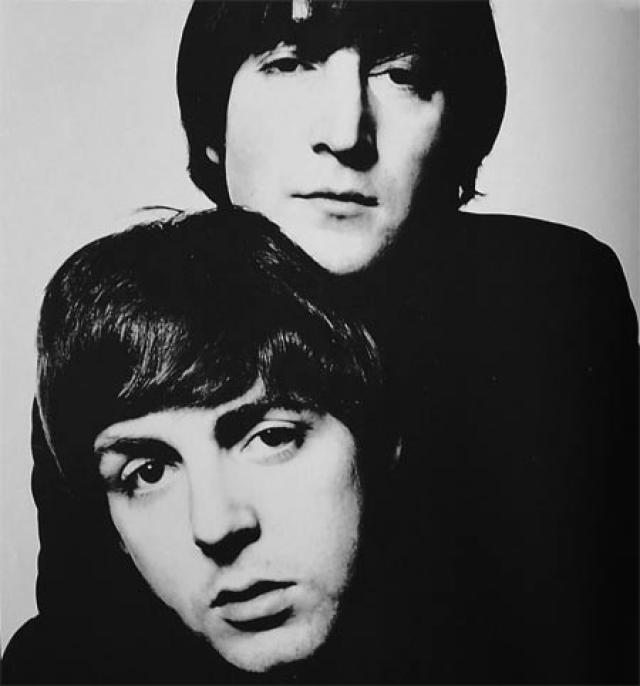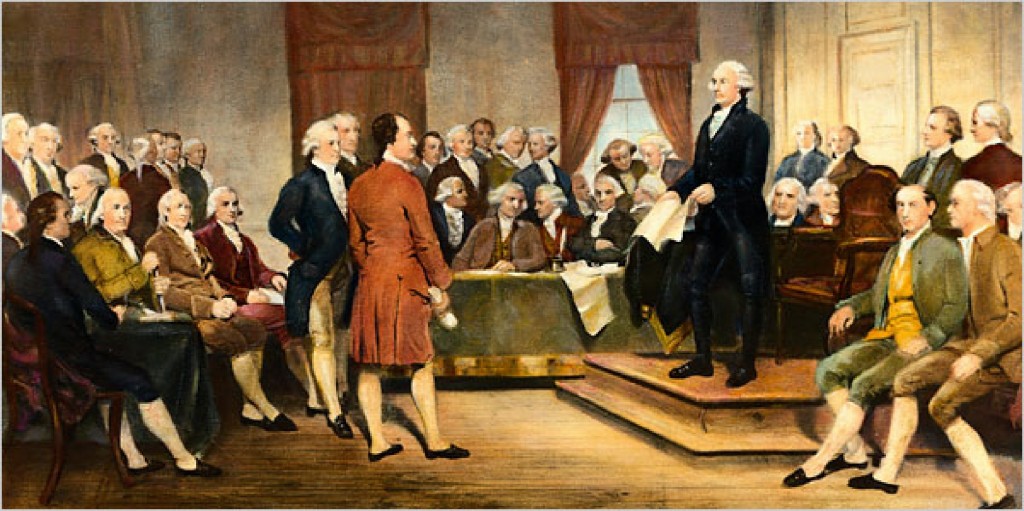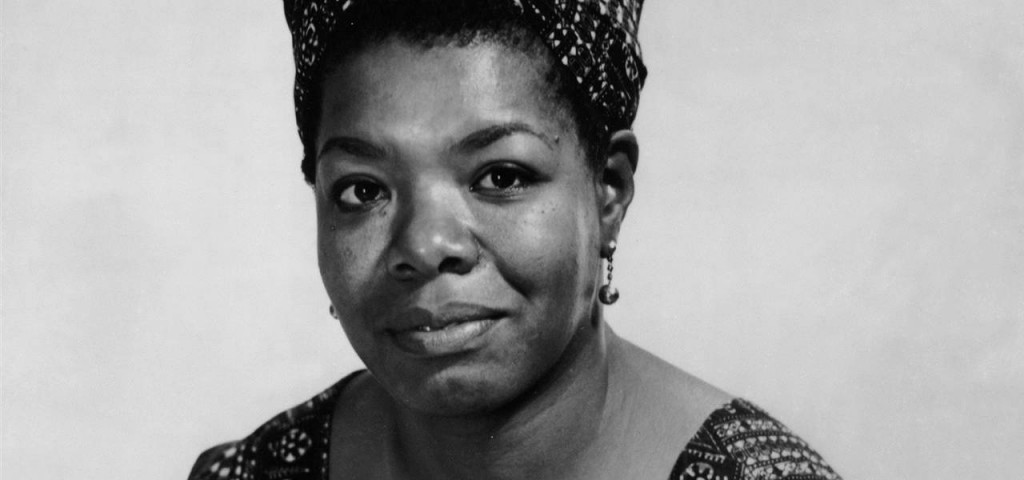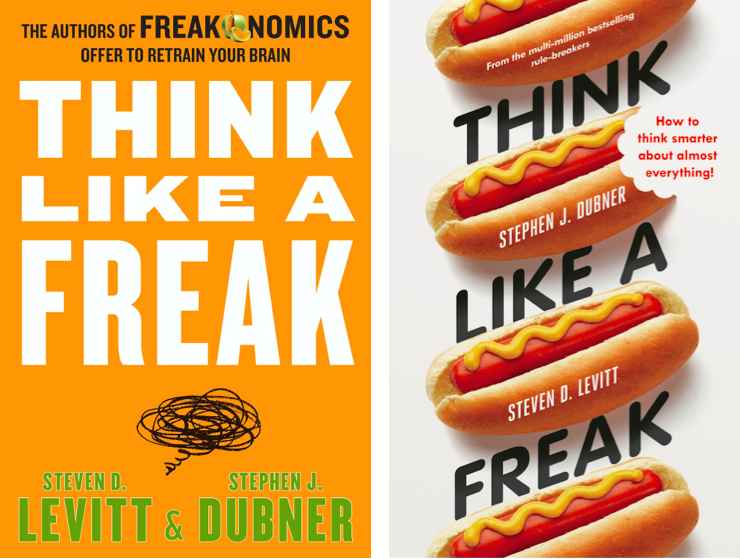Yun-Fang Juan, an angel investor and a former FaceBook lead engineer learns a hard lesson about math.
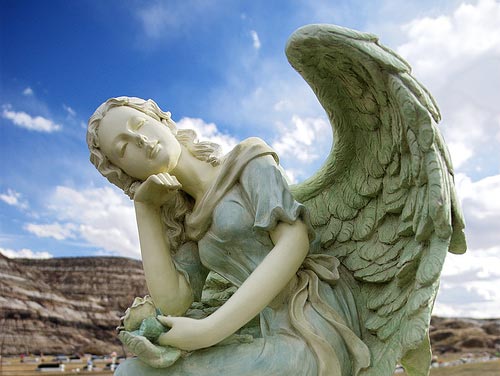
Yun-Fang Juan, Silicon Valley insider, angel investor and a former FaceBook lead engineer, has seen some questionable ideas turn into gold. You might have heard of them: Google, Facebook and WhatsApp.
The WhatsApp Lesson
Back in 2010, Yun-Fang Juan, a Silicon Valley insider and co-founder of Stealth Startup, was at a Mountain View taqueria with her husband Keith Chiem. The high-powered couple was sharing a meal with Brian Acton, a long-time friend, former Yahoo! colleague and best man at the couple’s wedding. Acton was working on a new messaging app on iOS that he said he could turn into a billion dollar business. The new app had a couple thousand users, a steadily growing user base, and the company wanted to hire more engineers. Acton was trying to recruit Chiem, and Chiem was interested. But with a background in statistics, Juan ran the numbers—doing a back-of-the-envelope analysis. Maybe Acton would be able to build a $100 million company, but she gave his chance of turning it into a billion company a multiple of 0.1%. After taxes, she estimated, her husband’s equity in the company might be one or two million dollars.
Now that might sound like a lot of money to most of us, but Juan who had worked at Yahoo! and Facebook and her husband had already cleaned up with Yahoo! stock and would do so with FaceBook holdings. So Juan told her husband: “If you want to work with Brian because he is a brilliant guy, do it. But it makes no sense to do it for the financial rewards.”
Juan’s husband passed on the offer.
Two months ago, Acton’s little messaging app, WhatsApp, sold to Facebook for $19 billion.
Juan called it an “expensive and humbling lesson.” It reminded her of times in the past when she had seen other business models with what at the time seemed to be limited potential—that is until they went on to become multi-billion dollar companies. Continue reading “Confessions of an Angel Investor”


